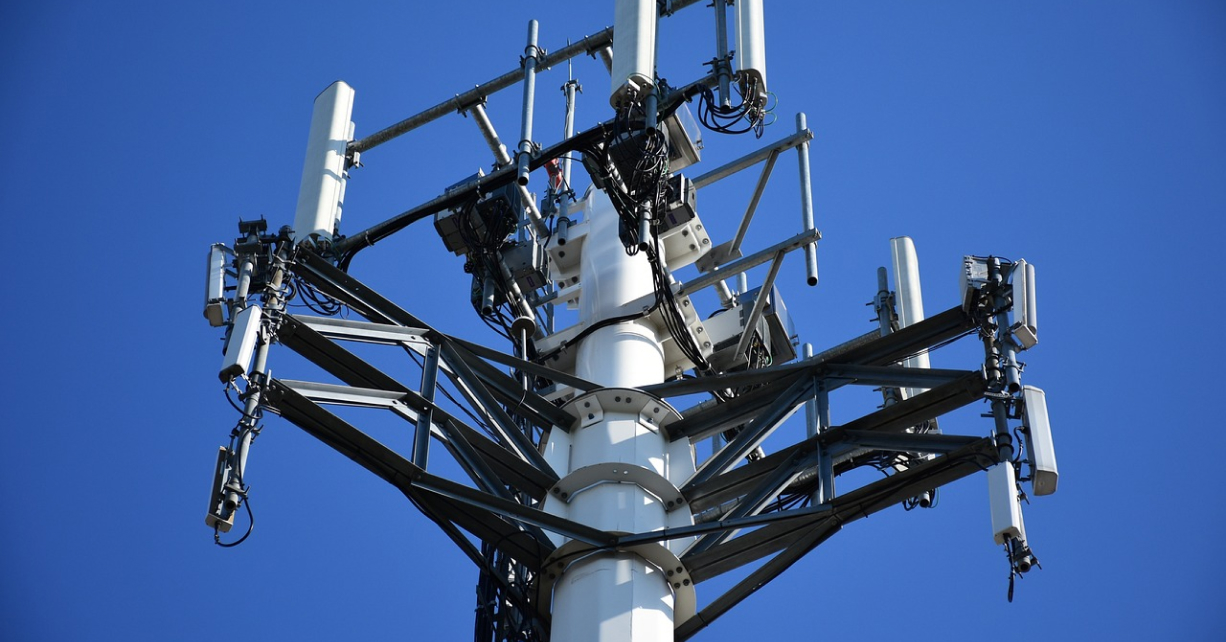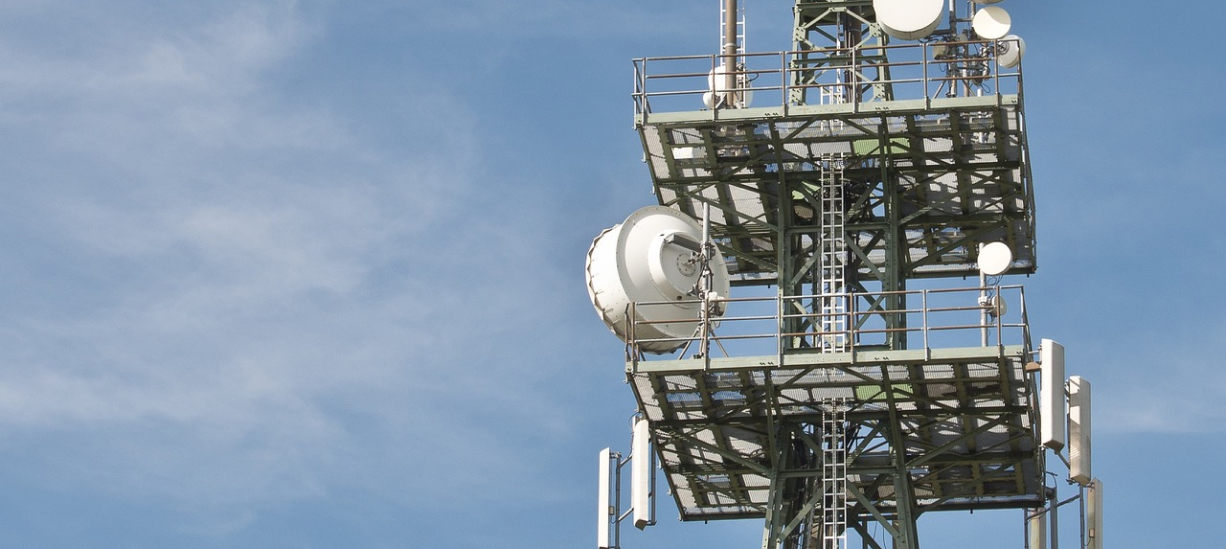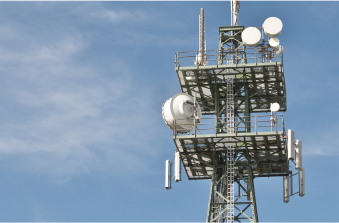

In an era where connectivity is synonymous with daily life, the US recently experienced a jarring wake-up call. A significant cellular outage impacted large swathes of the country, affecting services from leading telecom giants like AT&T, Verizon, and T-Mobile. The incident not only disrupted routine communications but also posed serious questions about the resilience of modern telecom infrastructure, especially concerning emergency services.
As dawn broke around 4:30 AM Eastern Time, over 32,000 incidents of service disruptions were reported on Downdetector, a widely used outage tracking website. The reports illuminated a distressing picture, with AT&T users in major cities like San Francisco, Houston, and Chicago facing abrupt communication blackouts. But the issue was not confined to AT&T alone; users across various providers, including Verizon, T-Mobile, UScellular, Cricket Wireless, and Boost Mobile, encountered similar hurdles, underscoring the outage’s widespread nature.
The disruption’s impact on emergency services swiftly came to the forefront, with the San Francisco Fire Department taking to the social media platform X to voice concerns. The inability for individuals to reach 911 during emergencies due to the outage painted a grim scenario, stressing the critical importance of uninterrupted connectivity for public safety. In response, the department assured the public of their active engagement in mitigating the outage’s effects, emphasizing their commitment to ensuring safety despite technological failings.
This widespread cellular outage has inevitably cast a spotlight on the reliability of the US’s telecommunications infrastructure. As affected users navigated the inconvenience, questions emerged about the robustness of telecom networks and the adequacy of contingency plans for such unpredictable events. The incident raises pertinent inquiries into the root causes of the outage and the measures telecom companies are taking to fortify their systems against similar disruptions in the future.


Beyond the immediate fallout, the outage underscores a pressing need to revisit emergency response protocols and explore alternative communication channels. The reliance on cellular networks for accessing emergency services is a double-edged sword, as demonstrated by the recent disruptions. This incident serves as a crucial reminder of the importance of developing diversified, fail-safe communication frameworks to ensure public safety in times of crisis.
The recent cellular outage in the US is a stark reminder of our deep reliance on digital connectivity and the potential vulnerabilities within our current telecommunications infrastructure. As telecom companies strive to address the shortcomings exposed by this incident, there is a collective responsibility to enhance network resilience, bolster emergency communication protocols, and ensure that connectivity, in its most critical moments, remains steadfast.
For the telecom industry, this episode is an opportunity for introspection and improvement, emphasizing the need for rigorous stress-testing of networks, transparent communication with consumers, and collaboration with emergency services to develop robust backup communication channels. As we navigate an increasingly connected world, the lessons learned from this outage could guide the path toward a more resilient and reliable communication ecosystem, ready to support society through its most challenging moments.